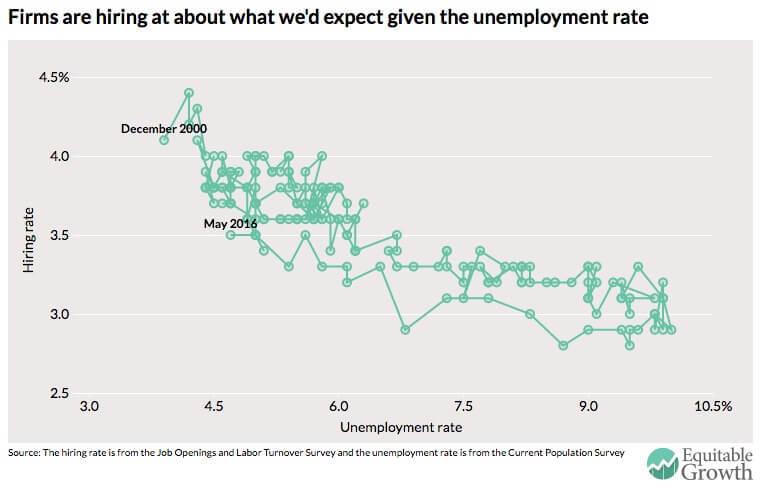Must-Read: This seems to me to be not quite right. If, say, individuals’ utility is logarithmic in lifetime wealth, then Negishi welfare weights construct the social welfare function by weighting each person’s utility by their lifetime wealth and then adding up individual utilities.
This produces policies that are different from those that would “be optimal only in a world in which global income redistribution cannot and will not take place”. It is the case, even if global income distribution cannot and will not take place, that good government policies maximize the benefit weighting their effects on each person’s utility equally. But with Negishi welfare weights government policies are evaluated by multiplying their effect on an individual’s utility by that individual’s wealth before performing a utilitarian sum:
: Negishi Welfare Weights: The Mathematics of Global Inequality: “The importance of making transparent the ethical assumptions used in climate-economics models cannot be overestimated…
…Negishi weighting is a key ethical assumption at work in climate-economics models, but one that is virtually unknown to most model users. Negishi weights freeze the current distribution of income between world regions; without this constraint, IAMs that maximize global welfare would recommend an equalization of income across regions as part of their policy advice. With Negishi weights in place, these models instead recommend a course of action that would be optimal only in a world in which global income redistribution cannot and will not take place. This article describes the Negishi procedure and its origin in theoretical and applied welfare economics, and discusses the policy implications of the presentation and use of Negishi-weighted model results, as well as some alternatives to Negishi weighting in climate-economics models.

